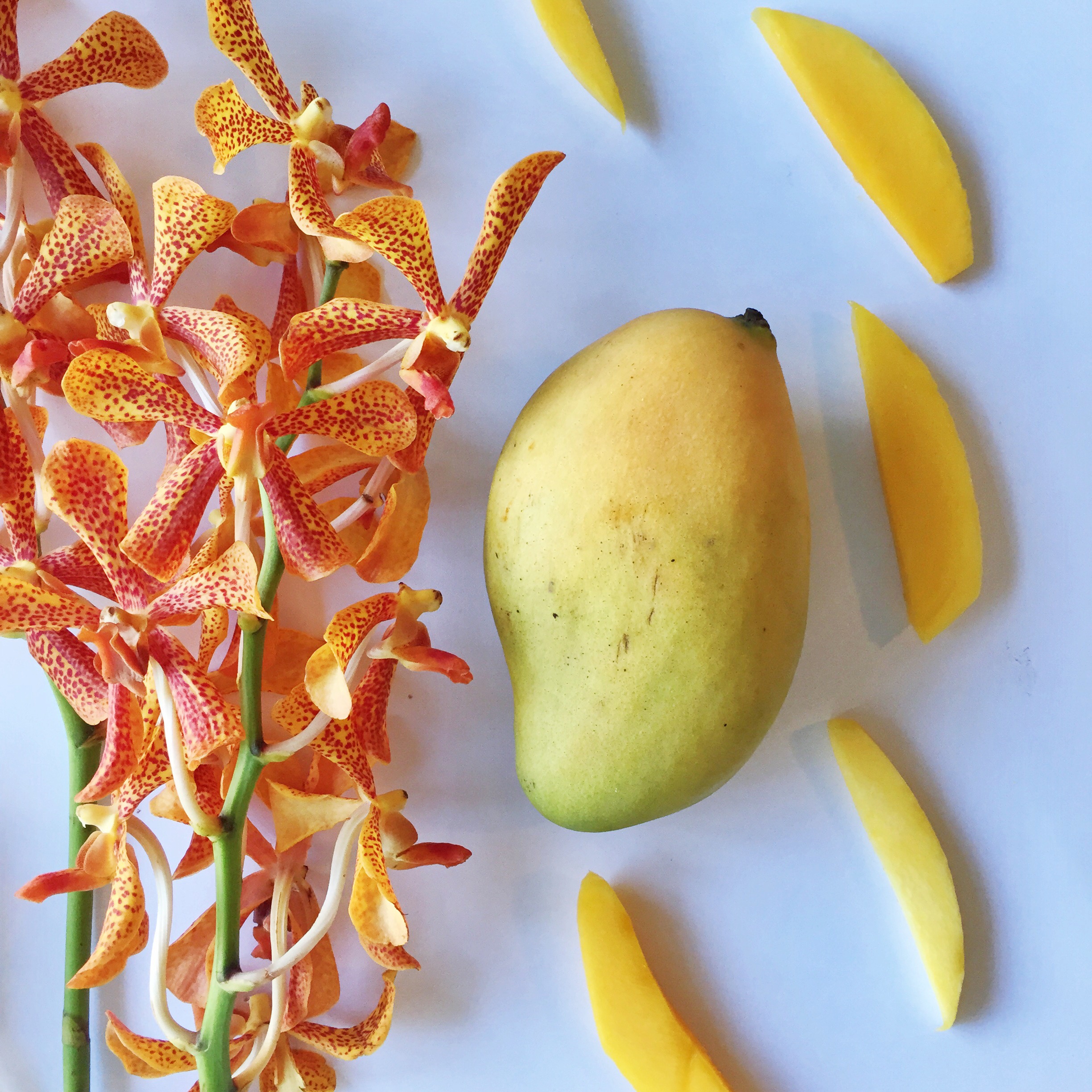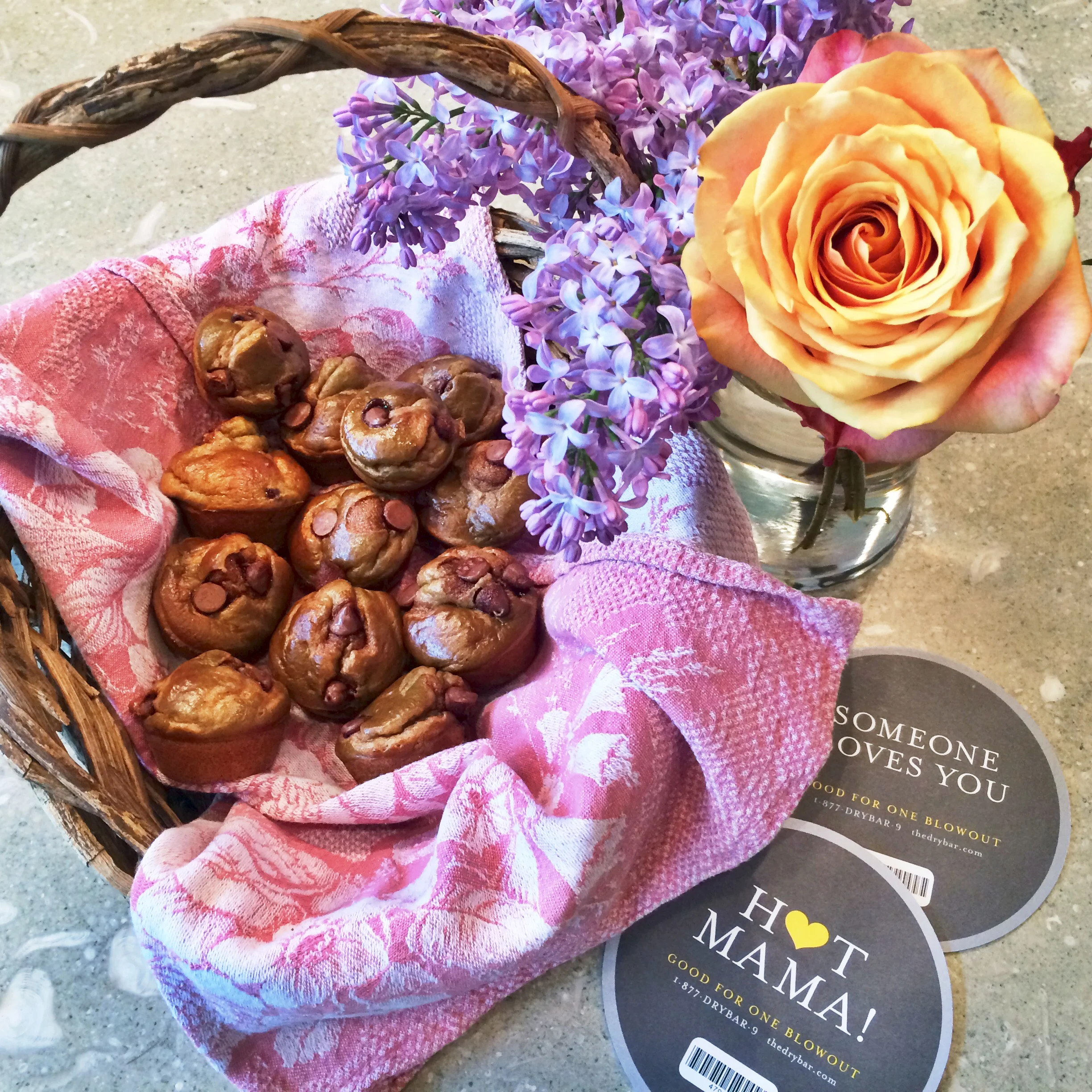The palette of colors that pepper Cartagena are equally exciting as the fresh flavors of this city. Ceviche, grilled fish and exotic fruits are offered everyday along the shorelines and at every street corner. This of course means that staying healthy here is simple.
In 4 days, we covered the old city by foot, spent a day at the famous Playa Blanca, and took a day trip to the Rosario Islands. Playa Blanca, the public beach of Cartagena, is certainly a sight to see. Picture white sand, clear blue water and persistent locals selling fruit, beads, and massages. Playa blanca definitely makes for an action-packed afternoon. However, if you are looking for a relaxing, private beach, this is not for you. We recommend that you check it out, but head over on a weekday to avoid the chaotic weekend crowds.
The 45-minute boat ride to the Rosario Islands was well worth it. We had a quiet relaxing day on a small private beach. There are small bungalow hotels located on each island and the staff prepared a traditional Colombian lunch for us of fish soup, grilled fish and fried plantains. We stayed hydrated with fresh coconut water straight from the source.
Now to the juicy stuff, where to eat:
La Vitrola: The favorite by far. An old school restaurant that also serves as a jazz club. The fish was fresh and cleanly grilled, however the side dishes were rich and decadent. We ordered one grilled snapper with coconut risotto (still dreaming about it) and a grilled salmon with sautéed vegetables. *Note: Make a reservation in advance
Best ceviche in town? Il Biloche Cebicheria or La cevicheria. Il biloche is more upscale and not to be missed, la cevicheria serves as your casual ceviche fix. You can't go wrong at either establishment.
Maria: This is a trendy restaurant with an island-meets-New York feel. The food was good, but unless you are there with a group and looking for a more rowdy scene, we felt it wasn’t worth writing home about. We ordered the seared tuna salad, mixed ceviche, and shared the bass fillet.
La paleteria: best popsicles in town. Guilty of two-a-day. The guanabana flavor is the local favorite, but we couldn't resist also trying the banana split.
On every corner you’ll find fruit stands with fresh mango. The perfect refreshing snack to make it through the scorching afternoons. Planning a trip? Feel free to reach out for more recommendations on how to stay healthy in this magical city.
















